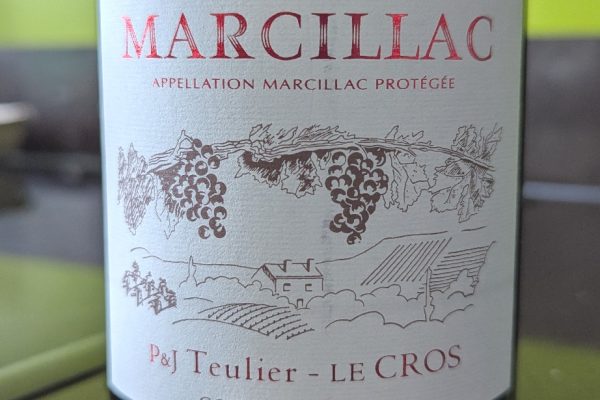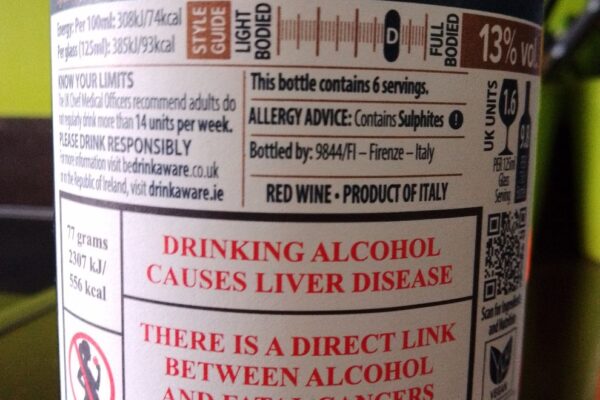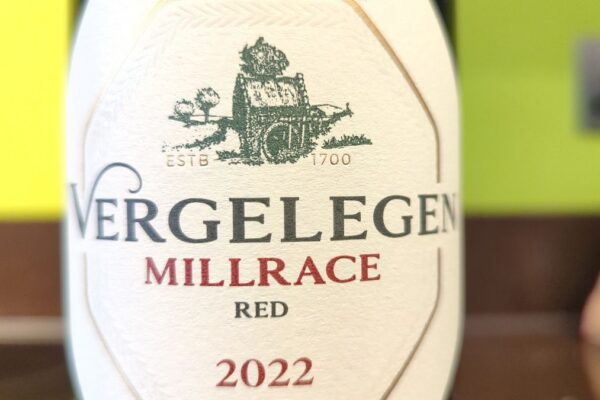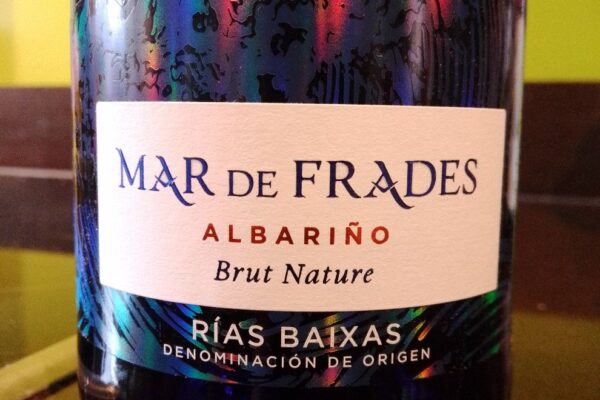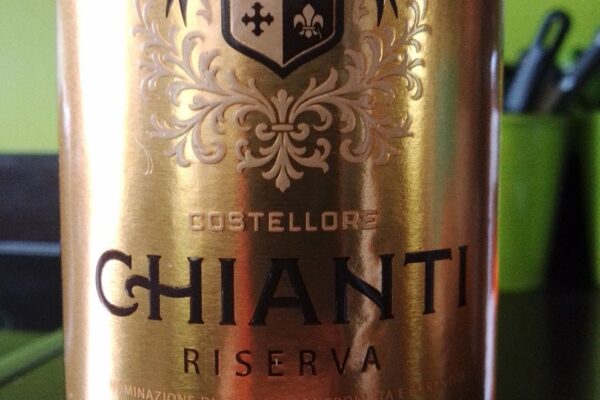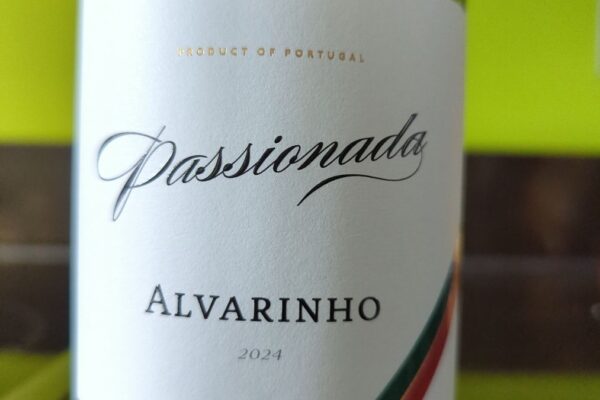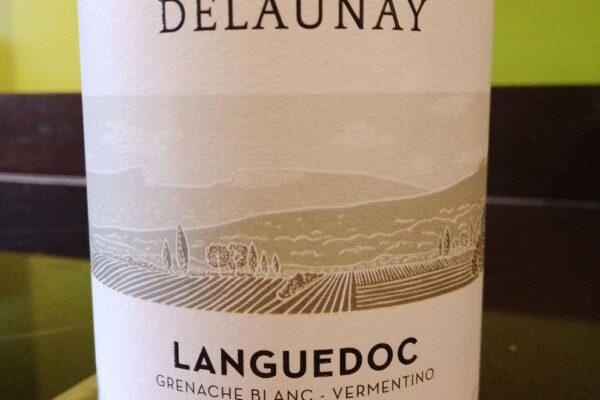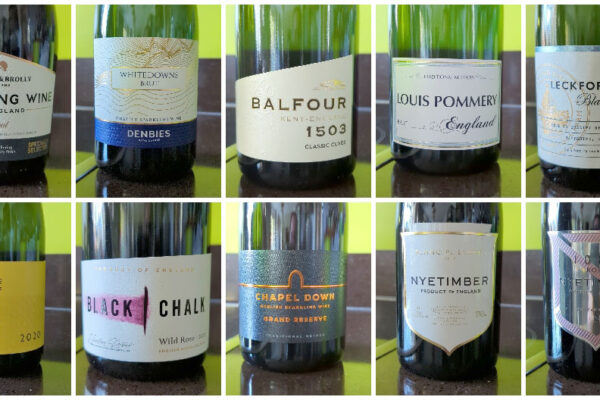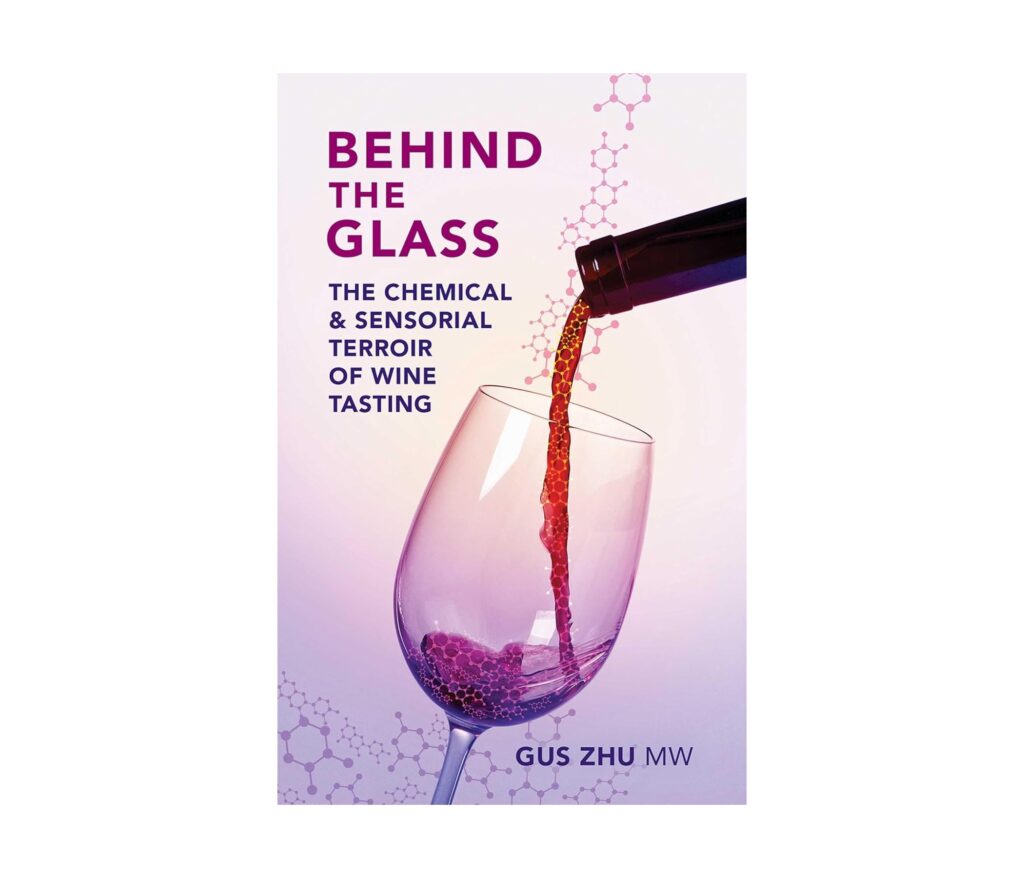
This book by Gus Zhu, published by Académie du Vin Library (discount code provided later), is a revelatory exploration of why wine tastes, smells and even looks the way it does. Combining scientific rigour with deep sensory insight, Zhu, the first Chinese national to become a Master of Wine, offers readers a richly detailed and approachable guide to the complexities that lie within a glass of wine.
Rather than focusing on wine regions or grape varieties, Zhu turns his attention to the human senses themselves, sight, taste, and smell, structuring the book around how each contributes to our experience of wine. This approach is both original and enlightening. One of the strongest elements of the book is its clarity in explaining extremely technical phenomena without ever losing the reader in jargon.
Zhu unpacks the complexities of wine colour in a fascinating section, going far beyond the basic reds and whites. Red wine’s colour is revealed to be a result of a complicated interplay between anthocyanins, tannins, pH levels, light and even our own biological perception. He discusses copigmentation and colour saturation, the role of eye biology and even how individual perception can differ widely. Particularly striking is the exploration of how colour is not fixed but fluid, shifting with age, light conditions and viewer. The discussion around white wines, how chlorophylls and carotenoids influence their hue, and how oxidation contributes to browning, is equally illuminating. Importantly, he doesn’t overlook the implications of colour blindness or age-related changes in vision, adding a human layer to the science.
Beyond colour, Zhu looks into the underappreciated visual cues like wine tears and bubbles. The curious insight that dirtier glasses produce more sparkling wine bubbles is just one of the many details that surprises and engages. Similarly, the information on how some sommeliers scratch glasses deliberately to encourage effervescence is a interesting peek into professional practice.
The palate section aims to present the most current understanding of taste perception. Zhu dispels popular myths like the tongue map and offers a far more nuanced take on how we perceive sweet, sour, salty, bitter and umami. Particularly compelling is his historical account of how sweet wines were once revered more than their dry counterparts. Also, how umami plays a surprising role in wines like brut nature champagne. He explains the influence of lees contact and autolysis on taste and outlines how wine interacts with food more through real time human taste adaptation rather than actual pairing. The variation in individual taste perception, ranging from supertasters to those with diminished sensitivity, is discussed in detail, alongside the effects of temperature and tactile sensations like viscosity and astringency.
The section on smell is perhaps the most interesting. Zhu lays out the intricacies of olfaction, showing how aroma perception can be affected by everything from illness to human taste adaptation, with certain scents disappearing from our awareness after extended exposure. He highlights the fragility and complexity of smell, with esters and terpenoids evolving in the wine over time also changing with their level of chemical concentration. The book reveals how the molecular building blocks of familiar scents like strawberries or other fruit are shared across nature and also in wine, explaining why wines can evoke such evocative associations. That, for example, strawberries obviously aren’t in a wine but their essence is, so to speak, is one of the most resonant takeaways.
The practical insights into decanting and airing wine are a perfect blend of myth-busting and useful guidance. Zhu clarifies that softening of tannins through oxidation takes days, not minutes, while changes in aroma occur more quickly due to the quick oxidation of sulphides and sulphites that mask the aromas we want to detect. It’s not the wanted aromas coming out, but instead the unwanted, masking, ones going away. Short term, human taste adaptation can also play a role in perceived but not actual changes. This kind of clarity is a hallmark of the book, separating perceived from actual and linking the science to sensory experience.
The book concludes with six carefully selected pairs of wines, designed to provide practical comparisons that bring together the key concepts discussed throughout the book. These pairings are chosen to highlight the differences and similarities between wines in a tangible way, helping readers to understand how various factors influence wine character. By examining these pairs, the reader gains a clearer sense of how to evaluate and appreciate wine with a more informed and analytical perspective.
Overall, Behind the Glass blends academic knowledge with a great understanding of sensory experience. For anyone who wants to understand not just what they’re tasting, but why, this book is essential reading. Whether you’re a wine professional or an enthusiastic amateur, it will deepen your appreciation of the astonishing complexity that lies behind every glass.
I have arranged 15% off this book if you use the code WINEDRINKER15. This isn’t part of any affiliate programme, I don’t receive anything if you use it.




